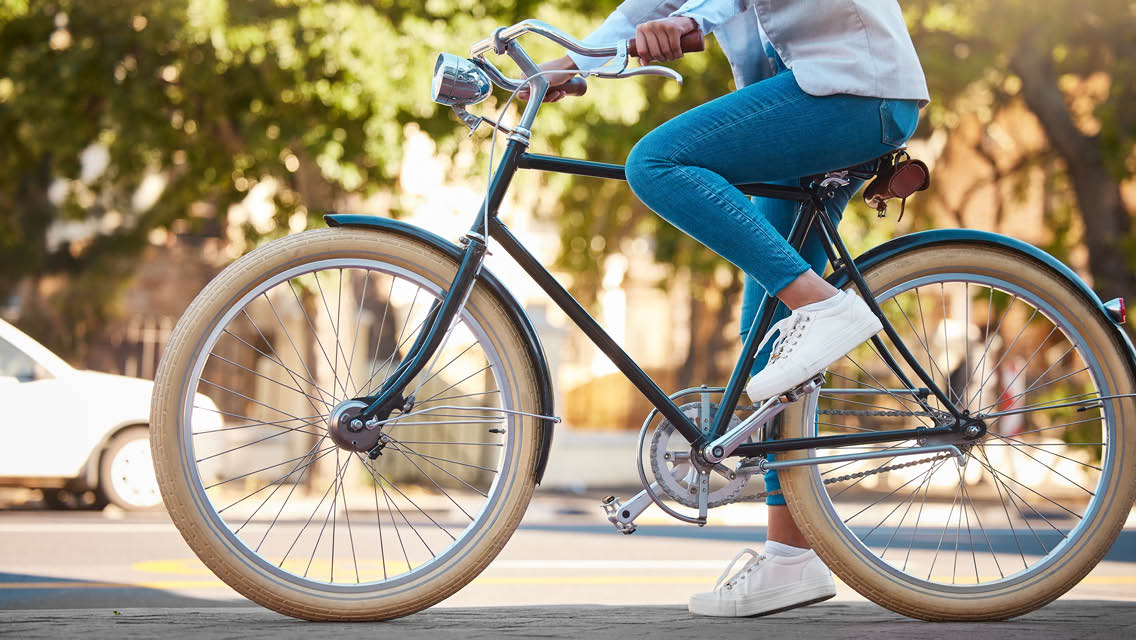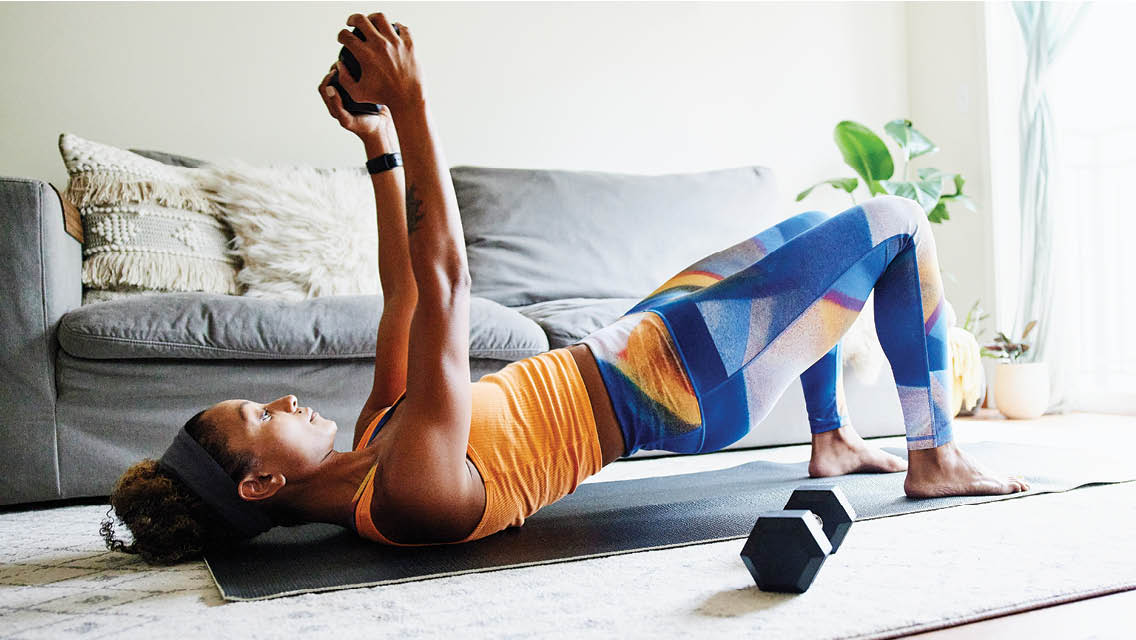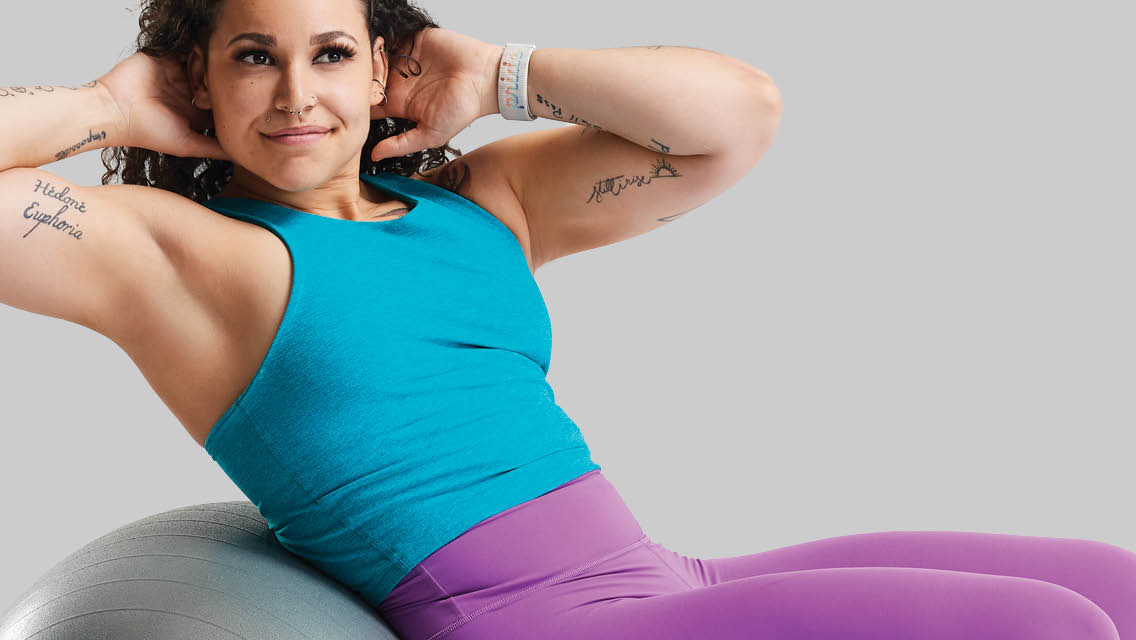Lifestyle, age, and major life events like surgery and childbirth can affect pelvic-floor function. These are a few of the factors to consider as you strive to keep these muscles working properly.
- Stress. “People inadvertently hold tension and tightness in their pelvic-floor muscles,” says pelvic-floor physical therapist Riva Preil, PT, DPT, author of The Inside Story: The Woman’s Guide to Lifelong Pelvic Health. It’s like how you might clench your jaw or let your shoulders creep up toward your ears. In fact, there is a strong connection between pelvic-floor dysfunction and temporomandibular joint dysfunction (TMJ). If you notice you’re clenching your jaw, you may also be clenching your pelvic-floor muscles, she notes.
- Age. Muscles tend to weaken and become harder to strengthen as we get older, a concept known as sarcopenia. The pelvic-floor muscles are no exception, says Megan Rorabeck, DPT, a board-certified women’s health clinical specialist and author of Between the Hips: A Practical Guide for Women.
- Pregnancy and childbirth. The pelvic-floor muscles and tissues can become strained and weakened during pregnancy and vaginal delivery.
- Hormonal changes. The reduced production of estrogen during menopause can contribute to the pelvic-floor muscles becoming weaker and frailer, says Rorabeck. “Any issue we might have had in our younger years that we could skate by can become a big deal with that hormone change.”
Anyone undergoing gender-affirming hormone therapy could see tissue changes, such as testosterone-induced vaginal atrophy, that are like postmenopausal changes in cisgender women, according to Brigham and Women’s Hospital. Those changes can impact bladder, bowel, and sexual function. - Muscle strain. Bearing down when going to the bathroom or excessive coughing can strain your pelvic-floor muscles, causing weakness.
- Issues in other areas of the body. The pelvic-floor muscles connect with the spine and hips, and any weakness, tightness, or dysfunction in these areas can affect the pelvic region. “If somebody has low-back or hip pain that isn’t getting better with a traditional orthopedic approach, it could be that the pelvic floor is getting missed,” Rorabeck explains.
- Trauma. Sexual abuse or assault, car accidents, and other physical injuries can result in pelvic pain and dysfunction.
- Surgery. Surgery in the pelvic region, such as a cesarean section (C-section), gender-affirming procedure, hip replacement, or prostatectomy (removal of the prostate) can cause scarring that might attach to skin, muscle, or connective tissue, restricting blood flow and leading to pain. Such surgeries can also cause the pelvic-floor muscles to weaken.
- Gender expression and affirmation. Techniques that have a significant beneficial effect on quality of life and mental and emotional health, such as tucking and binding, can often also cause pelvic-floor pain or dysfunction.
- Bicycling. Sitting on a bike seat puts a lot of pressure on the pelvic floor. As a result, “cyclists tend to develop tight pelvic-floor muscles due to the biomechanics of cycling,” notes Brooke Cates, founder and CEO of The Bloom Method, a pre- and postnatal fitness program.
Pelvic-floor health is an important, yet often overlooked, component of overall well-being. Discover how to keep this group of muscles strong and healthy by learning more at “Your Fit and Functional Pelvic Floor“, from which this article was excerpted.





This Post Has 0 Comments